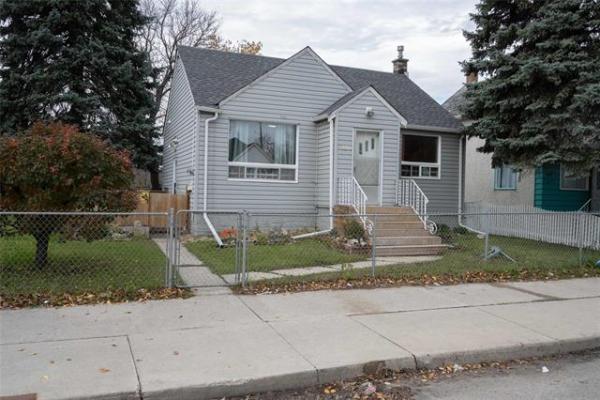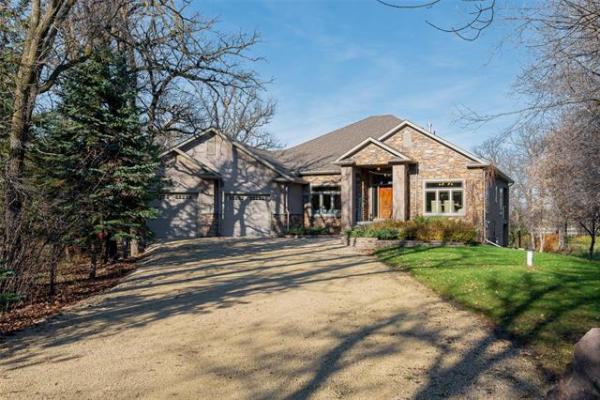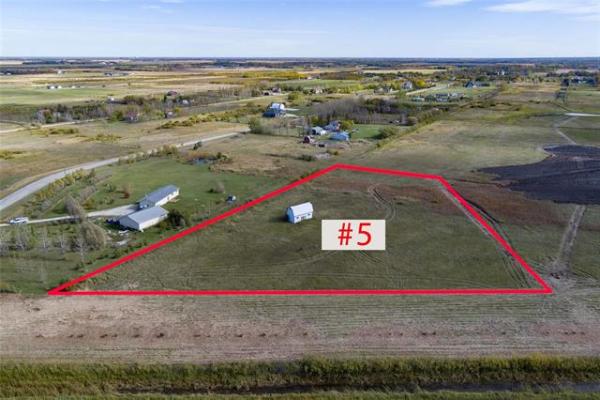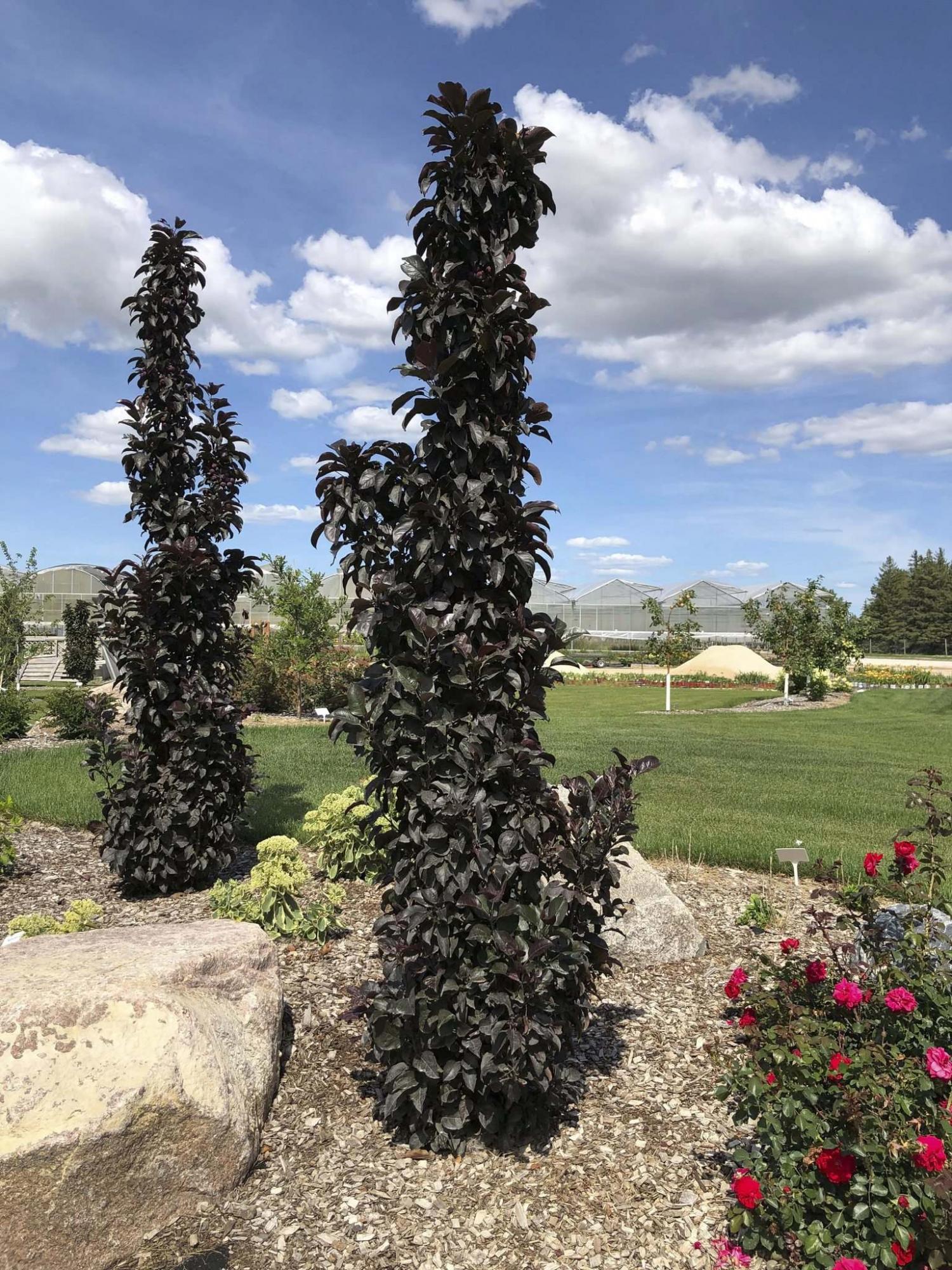
Jeffries Nurseries
Midnite Spire rosybloom crabapple is a new introduction for 2020.
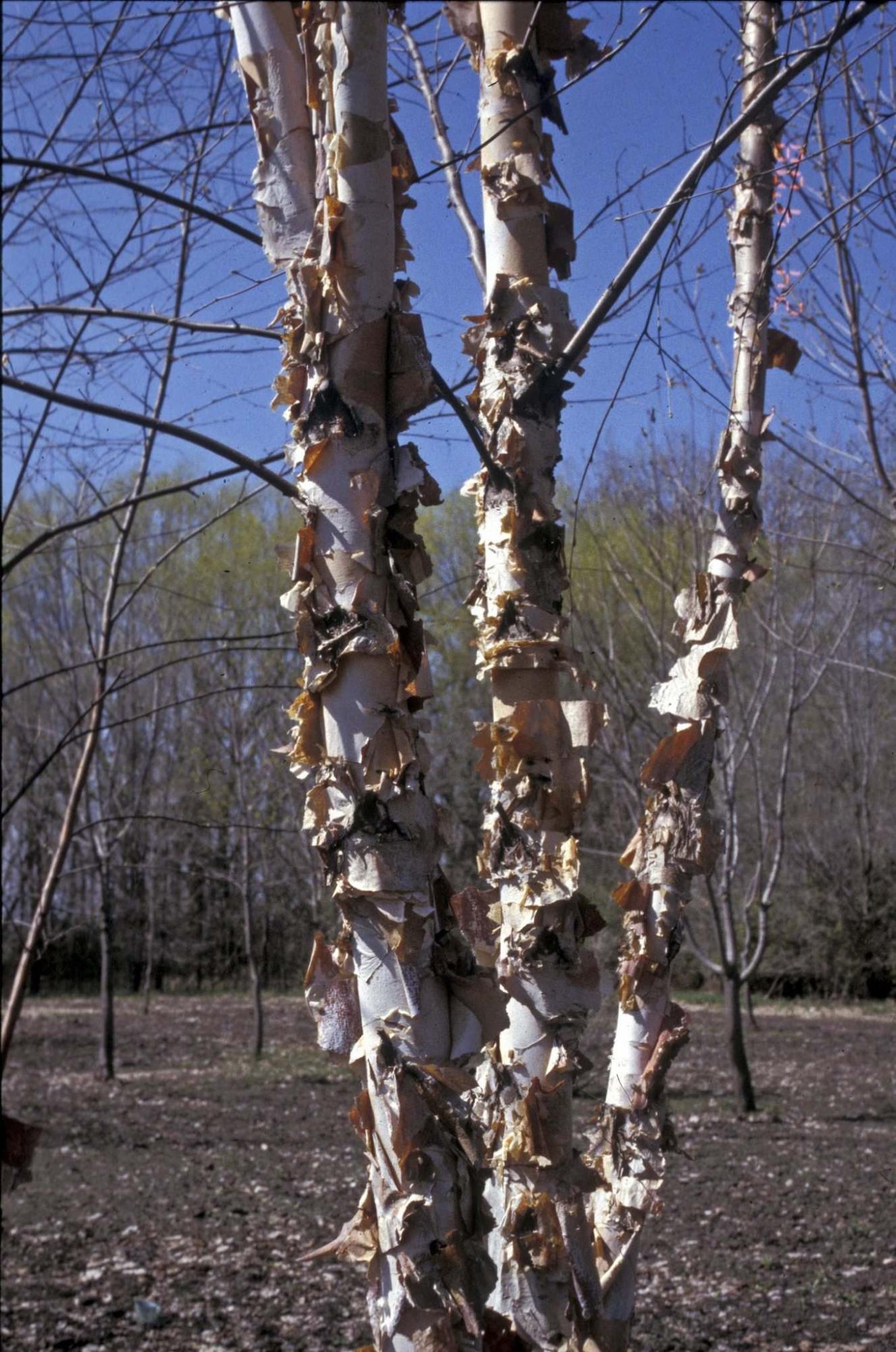
North Dakota State University
Northern Tribute River Birch has unique exfoliating bark.
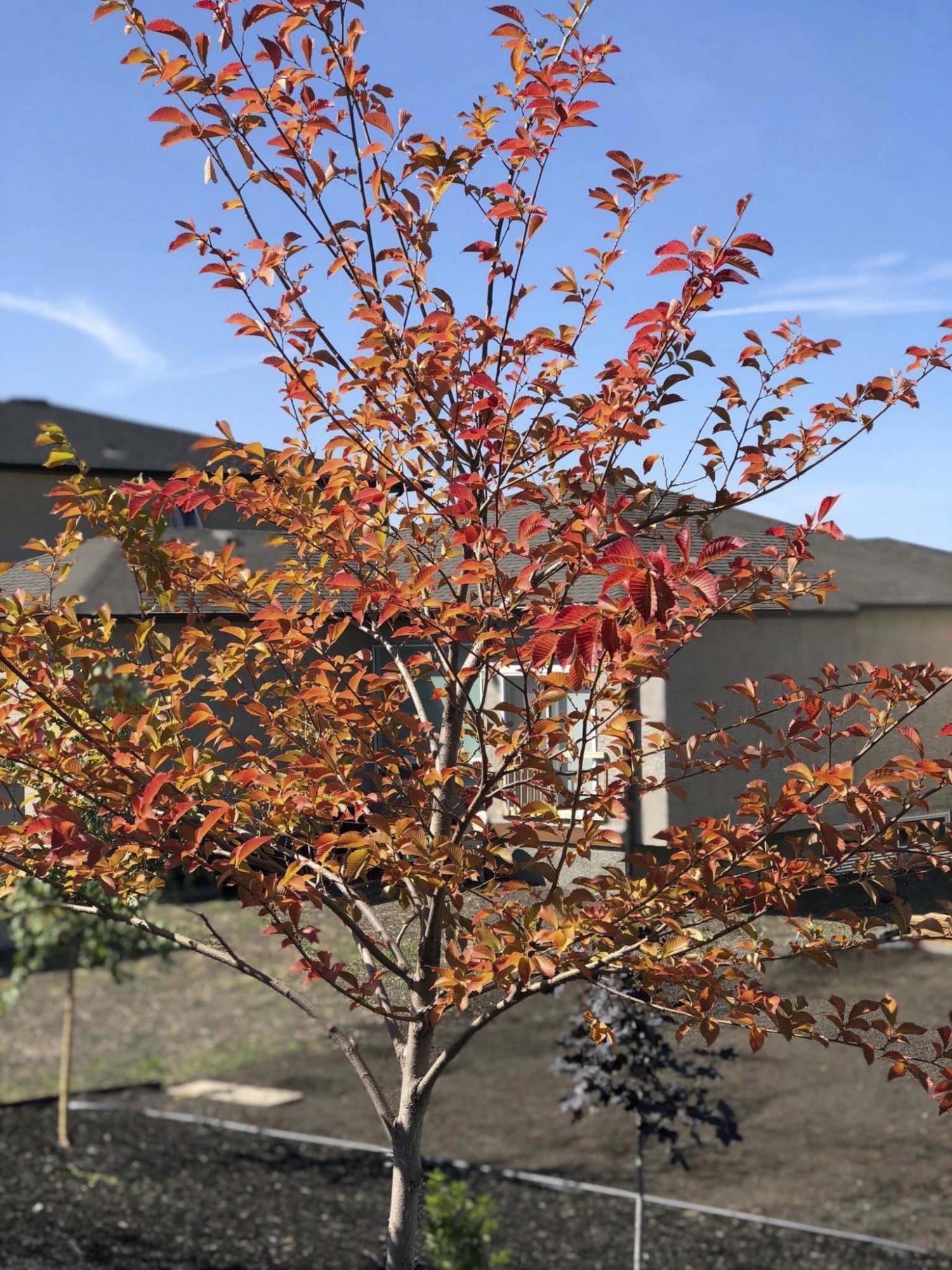
Scott Peter
Wishing for an elm tree? Night Rider elm is highly-resistant to Dutch elm disease.
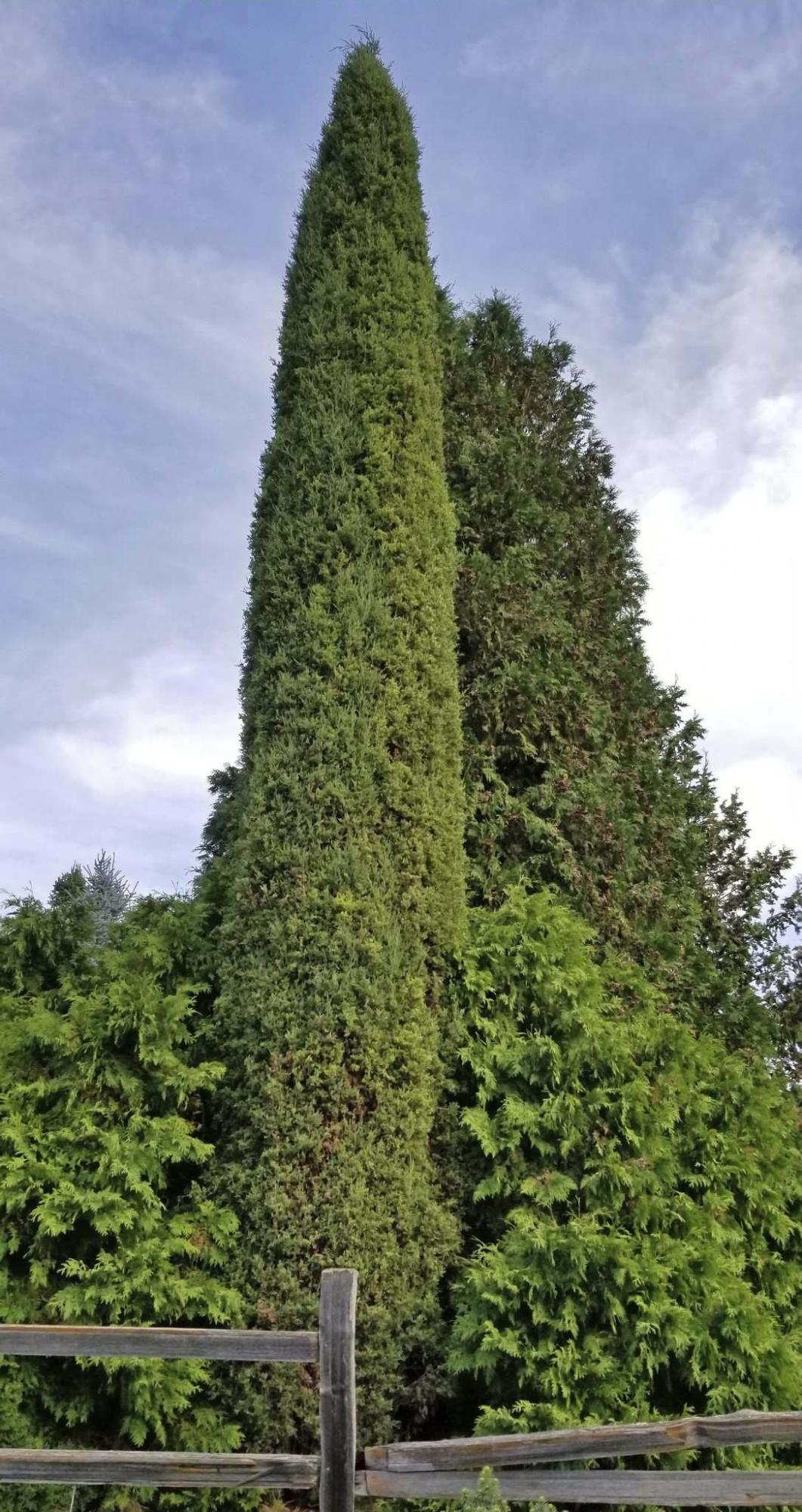
Colleen Zacharias / Winnipeg Free Press files
Taylor juniper is a standout variety with elegant height and narrow width.
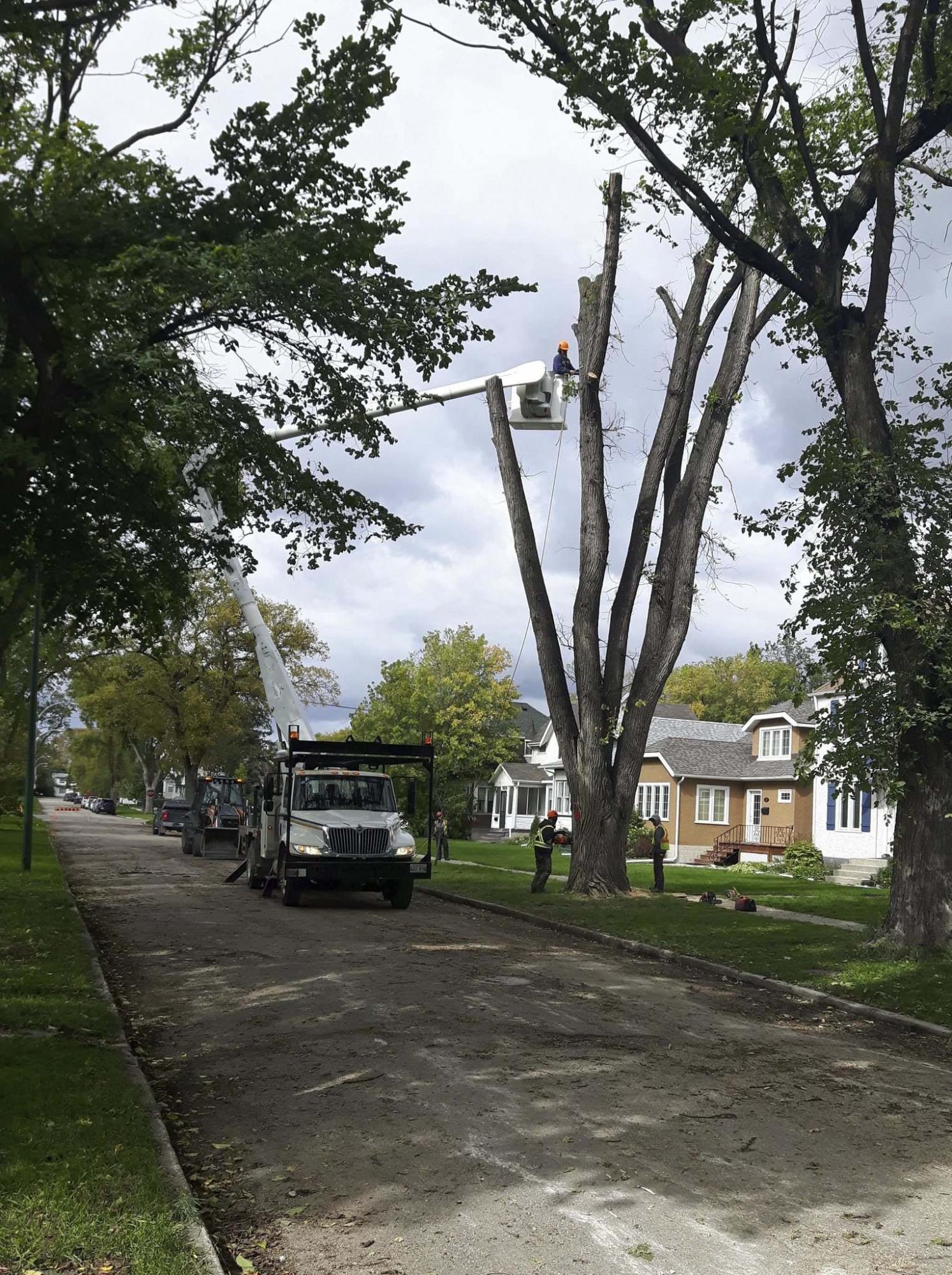
Emma Durand-Wood
In GlenElm, a boulevard elm tree with Dutch elm disease came down in September.
Have you thought about giving that special someone on your Christmas gift list a tree?
A gift certificate for friends or family members who you know are planning to replace a tree next spring might just be the perfect and practical gift. Trees (usually) last a lifetime, plus you would be helping to reforest our city while addressing climate change at the same time. Without the protection of trees, winter’s cold temperatures and wind will feel more extreme — even mean-spirited — while a lack of leafy shade in the heat of summer could drive us indoors. The gift of a tree for someone you know who wants or needs a tree would be a meaningful and lasting gift. How about the gift of a tree for your neighbourhood?
Many of us are discovering that when it comes to Winnipeg’s urban canopy, we are loss-averse. Sure, we all know there’s a tree crisis happening in our city, but when a tree falls on our boulevard or in our front yard and back yard, it’s personal.
Trees are at the top of the wish list for neighbourhood tree committees. In the current climate of budget cuts, they are raising their public voice and have joined forces to make an ardent appeal to city hall for more money for the urban forestry budget to save Winnipeg’s tree canopy. The committee members are also homeowners who have lost trees. I asked Emma Durand-Wood, Melva Widdicombe, and Linda Dietrick to describe their tree wish.
Durand-Wood is a member of the Glenelm tree committee. Her grassroots effort to plant for the city’s future was made personal in September by a poignant tree loss. There’s an empty spot on the boulevard near her house where an 80- to 100-year-old elm tree once stood. Ironically, this mighty elm came down on National Tree Day — Sept. 25. Durand-Wood wants to see another tree planted in its place. An elm species, perhaps, that is resistant to Dutch elm disease?
"I’ve really come to embrace the idea that diversity is strength," Durand-Wood says, "and that uniformity is vulnerability." Elm trees are beautiful, she says, but tree diversity must be the path forward. "Trees are the only infrastructure that appreciate in value and grow in capacity over time," Durand-Wood says. "Everything else depreciates." Durand-Wood expresses the wish, too, for massive urban boulevard reforestation in low-income neighbourhoods so that residents can reap the benefits. "Trees can be such a low-cost tool for building equity," she says.
Widdicombe is a member of Armstrong’s Point tree committee. "My tree wish is that we begin a movement to develop a grassroots can-do approach to replacing the urban canopy so that we are fostering hope in this time of climate change," Widdicombe says. She wants the city to supply the funds for trees but also the training for community volunteers so they can plant trees themselves in private and public spaces citywide. "The community’s role would be to take an active role in the stewardship of the tree canopy," she says, "from planting to watering and pruning."
Dietrick is a member of the River Heights tree working group. She recently lost a favourite crabapple tree on her property following the October ice storm. "My tree wish is that my city would have the financial means and the political will to replace the pest- and disease-infested trees in our urban canopy," Dietrick says.
"The strategy of increasing diversity in our urban canopy needs to take priority," she says. Not everyone likes the look of different kinds of trees on our boulevards, she admits, and she also acknowledges that Winnipeggers won’t see the replacement trees in their full glory. "But we have to think ahead," Dietrick says.
If you are creating a tree wish list, here are some varieties of tree species to consider.
Night Rider elm (Ulmus davidiana japonica) is highly resistant to Dutch elm disease. A hybrid between Japanese elm and Siberian elm, Night Rider was developed by well-known prairie plant breeder Rick Durand. Night Rider is more compact than American elm but has rapid growth. Scott Peter, sales manager at Aubin Nurseries, planted Night Rider in his backyard a few years ago.
Night Rider exhibits good cold hardiness, he says, and the foliage turns an outstanding purple in the fall. It is also adaptable to a variety of soils.
Two new tree varieties for 2020 include Midnite Spire Rosybloom Crabapple (Malus x Jefnite) and Northern Tribute River Birch (Betula nigra Dickinson). Midnite Spire is a new introduction by Jeffries Nurseries. Midnite Spire has a number of attractive features perhaps the most outstanding of which is the glossy, deep purple foliage all summer long. Suitable for smaller spaces, this variety has a columnar form and narrow width (mature size is six metres by two metres). In spring, relatively sparse pink flowers give way to medium-sized fruit. Midnite Spire is hardy to zone 2.
At a mature size of 10 metres by 9 metres, Northern Tribute River Birch is a commanding Zone 3 specimen that has very unique ivory bark exfoliating to copper-bronze. A North Dakota State University introduction that has undergone extensive trials, it has shown no signs of iron chlorosis in alkaline soils and has performed well in compacted, dry soils. Northern Tribute is the largest of this species observed in the upper Northern Plains. Notably, it is resistant to bronze birch borer.
Taylor juniper (Juniperus virginiana) is high on my personal wish list. This species caught my eye in September on a visit to North Dakota State University horticulture research farm. It’s my first choice as a replacement for an ash tree and crabapple tree on my property that were badly wounded in October’s ice storm. Reminiscent of Italian cypress, a tall, columnar tree also known as Tuscan cypress, Taylor juniper has a mature height of nine metres and an ultra-slim width that is slightly less than one metre. What makes Taylor juniper such a standout among other columnar juniper varieties available on the market is that it produces only one leader. It’s deer resistant, too. It remains to be seen, however, when Taylor juniper will be available locally.
Could rising demand for trees outstrip supply? Homeowners can feel confident that supply at local garden centres will be sufficient to meet demand in spring, Peter says. "Many homeowners choose trees that are in a seven-gallon pot size because they can fit easily in their vehicle (truck) but are still a good size," Peter says. It’s essential to match whatever species you choose to the right location, he says.
Shawna Bell, vice-president of Jeffries Nurseries in Portage la Prairie, says that Jeffries increased its potted container production again this year as well as made efforts to diversify its nursery stock. "Where we do foresee a shortage is in larger calibre field-dug trees that are used primarily for planting in either commercial settings or as boulevard trees in new developments," Bell says.
Sometimes reality bites. Like the Rolling Stones song says, you can’t always get what you want but if you try sometimes, you just might find, you get what you need. Trees are within your grasp.
colleenizacharias@gmail.com

